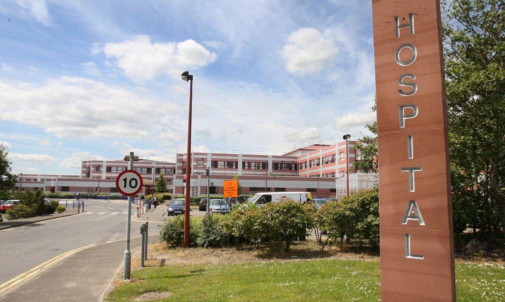Queen Margaret Hospital could soon be run on tattie peelings.
If ambitious plans lodged by Fife Council are progressed and can find funding, the hospital could source its heating from household waste.
The scheme, which is estimated to cost around £2.5 million, would see an extension of the existing Dunfermline district community heating scheme from the energy centre at Broomhead flats to the hospital.
The idea is being backed by NHS Fife.
James Leiper, the director of estates, facilities and capital services, said: “NHS Fife is committed to reducing energy consumption and carbon emissions across all our facilities.
“The project, involving links into Queen Margaret Hospital, is in the early stages, but would be a great opportunity if this could be delivered.
“We look forward to working with our Fife Council colleagues on it. If deliverable, the project would become part of a wide range of initiatives that we are already using to help us run our facilities in the most energy-efficient way.”
Dunfermline’s community energy scheme, believed to be a Scottish first, has been running for seven years.
The power, generated from gases produced by waste at Lochhead landfill site, near Dunfermline, provides heating for a range of buildings, including Broomhead Drive multi-storey flats and seven public buildings, including the sheriff court and police and fire stations.
The original partnership initiative gained financial backing from the Scottish Government back in 2005. Now it is hoped avenues of funding can be explored for the expansion.
Fife Council’s senior sustainability manager Chris Ewing said thoughts had turned to extending the scheme as the £15.5m anaerobic digestion plant transforming Fife’s food and garden waste into power will start testing in June and, when operational, will produce additional power which could see the network expanded.
“It is what we would like to do but it is dependent on a number of things finance is one of those things.
“Unfortunately, public bodies are limited in terms of funding. It is about potential ways to unlock this development.”
